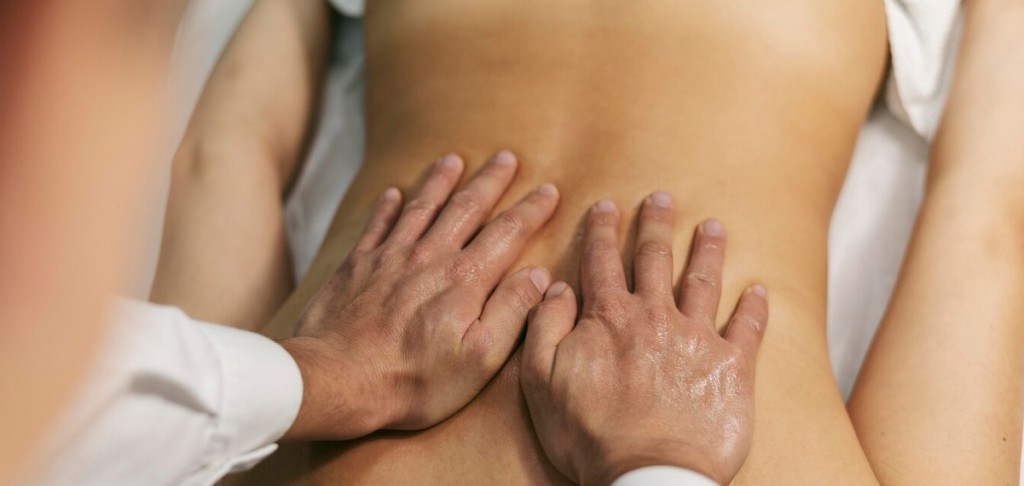Body mechanics are important to massage therapists because they can make or break our careers We only have two forearms, two hands and ten fingers So why do many of us take such enormous risks with our thumbs?
When you go to classes for massage, you will hear some jaded tales. “I did this one thing and it took a year to heal.” “I knew it was trouble as soon as I did it.” Or the haughty brag: “I abuse my thumbs all the time and they are fine.” Well, just wait.
Thumb injuries are perhaps worse than the tennis elbow or carpal symptoms many massage therapists can develop because they are a long time healing, prone to immediate re-injury, and crippling for other life activities.
Most of us know better, but sometimes we do something without thinking. (Really?) The thumb can become a lightning rod when injured, because many of our techniques require the use of both pressure and specificity. The thumb provides both, but used recklessly can end your career.
I’m going to list the ‘rules of thumb’ for massage therapists.
Never hike out alone: When the thumb is split away from the fingers, you may think it gives a better sensation of pressure. Actually it does not. The client will feel a marked difference between thumb and finger pressure, not in a good way, while you are risking hyper-extension. At worst, your client will feel as if the thumb is digging while the fingers glide. Your hand, meanwhile, will be all set to resolve that hyper-extension by crimping into flexion while you sleep, compressing the radial nerve and carpal tunnel.
Stick Together: With nearly all massage moves, the thumb should be pressed against and supported by the fingers. This spreads the pressure evenly and results in a glide or effleurage that feels better to the client and to your hand. The entire palm, not just fingers, is used for these moves. What about wringing? Try it with the thumb stuck to the fingers. It will feel better to you and the client.
Thanar, not thumb: When the angle of a stroke tempts you to swing out the thumb, try using the thenar surface, the underside of the thumb, with the upper thumb pressed to the index finger. An example is in trying to shift the lateral quadriceps away from the ilio-tibial band. Using the thenar surface preserves the strength of the stroke without endangering the digit.
Two thumbs and eight fingers are better than one thumb: Depending on the shape and length of your phalanges, you can press two thumbs together to do a specific power glide – as long as the fingers are flexed at the second joint so you are using the thumbs with support on both sides. The second joint is the one just up from the knuckle.
No Lollygagging: Never drag the thumb behind a stroke. This is total thumb suicide.
Lucky for us all, good mechanics also feel much better to the client. If it hurts the client or will hurt you, why do it?


Great article, and brilliant advice, thank you!
Thank you Amy! Be good to your Thumbs!